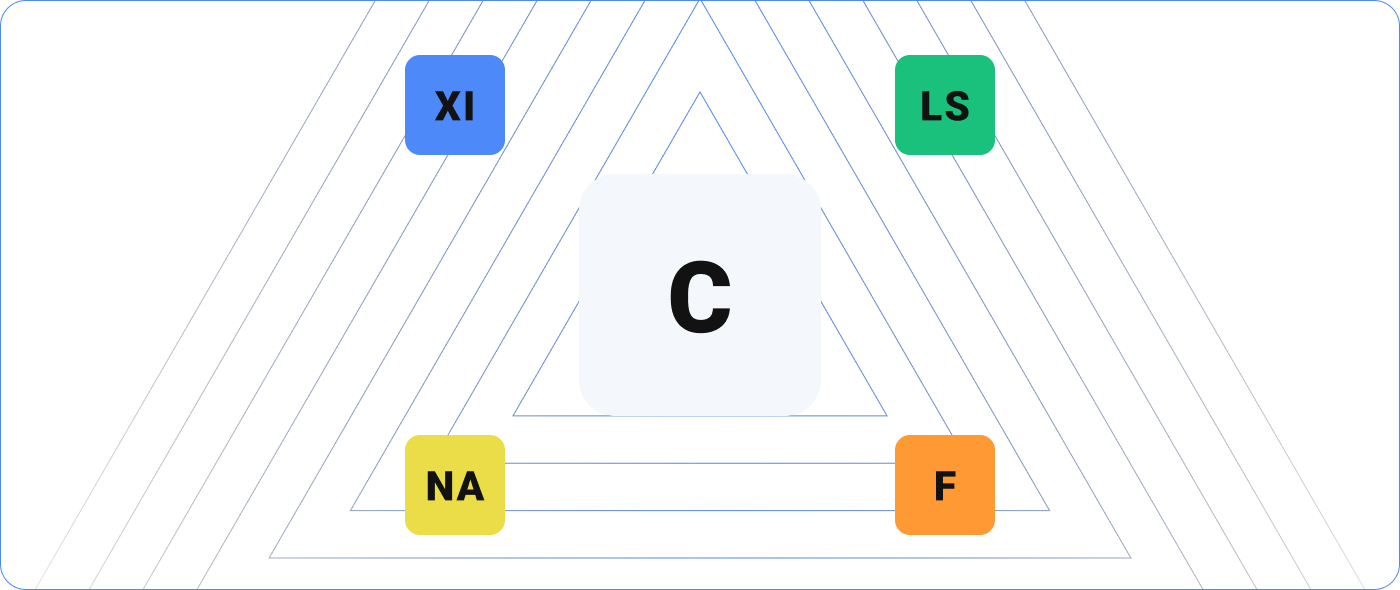Here at Nagios, we live and breathe monitoring. The exciting opportunity for us is hearing about all of the creative, practical, critical, and insightful ways our solutions benefit your environments. We like to think of infrastructure monitoring as not just a necessary utility but also an enablement for the future. Let’s explore a handful of items that often get missed during initial deployments and that, if monitored, can be extremely beneficial to any organization.
1. Public Websites: Website Transactions
It is important to monitor your organization’s or your clients’ website performance from as many lenses as possible. Common metrics include databases, web server processes, disk utilization, CPU usage, and so on. While this data combined provides a powerful look inside the entire web stack, monitoring what guests experience while browsing a site can be even more useful when identifying root causes or potential performance issues. Nagios XI includes an easy-to-use wizard that offers system administrators and web developers the chance to simulate a series of actions on a website to determine if the process returns any errors or takes an abnormally long time to complete. Logging into a web portal, checking out and purchasing items on an e-commerce site, or submitting form entries are just a few examples of many that illustrate for administrators how a website is performing from the perspective of a client or guest.
2. Intranet/Client or Company Web Portals
On the topic of websites, we often find that internal web resources and portals require just as much attention to performance detail as the services they host, and the content they host is often mission-critical. Monitoring the stack of server metrics alongside the website transactions wizard will help ensure your internal and client portal access is online and available.
3. Domain Expiration
Keeping as many metrics and alerts in one single view is important. Relying on domain registrars to individually e-mail and notify administrators when a valuable domain will expire often ends in catastrophe, as the registration contact information is not up-to-date. With the domain expiration wizard in Nagios XI, administrators can customize when they get an alert for domain expirations. Does your organization’s process to renew a domain require more than 30 days notice? Nagios XI can help you keep your domains on budget and offer businesses a healthy peace of mind.
4. External Host
There are many ways Nagios XI can monitor the health of an Internet connection, but one method we find invaluable is simply monitoring a highly reliable external host or website. Having a solid and predictable reference point for benchmark round-trip ping averages, packet loss, and other metrics is a valuable tool to have on hand when diagnosing network performance issues. Using Nagios XI’s multi-stacked graph feature, this external host can be layered on top of many different internal network factors, or by itself, it may simply indicate whether or not the issue resides outside of the building. If bandwidth or network performance play a more critical role in your organization, it may be beneficial to monitor a second or third external host to eliminate the potential margin for error caused by an external host’s downtime.
5. Automate Backup Storage Capacity
Scheduled and automated backups are one of the most essential duties of a network or systems administrator. Testing these backups regularly is equally important; however, it’s also critical to be alerted when scheduled jobs are failing and for what reasons. Nagios XI can monitor event log data to alert based on failed backup jobs. Various wizards in Nagios XI allow you to quickly monitor a remote or on-premise backup solution’s storage to prevent failed backups. Using the Nagios Cross Platform Agent (NCPA), SNMP, WMI, or file and path monitoring, Nagios XI allows system administrators to stay ahead of any challenges related to storage capacity.
6. Wi-Fi – Access Point Channel Utilization
Today’s Wi-Fi radio technology is a modern marvel compared to what it was ten or even five years ago. Access points and controllers have the ability to connect an astonishing amount of clients at impressive speeds; however, every radio on the market is still vulnerable to the same common enemy: radio frequency (RF) noise. In dense and populated environments, ambient RF noise can disable even the most sophisticated wireless systems, so it’s a good idea to monitor this if at all possible. Many of today’s access point manufacturers allow for the monitoring of either RF noise or specific channel utilization. In addition to being able to monitor the number of connected clients an access point is hosting or how much bandwidth they are consuming, Nagios XI can notify administrators if an access point’s channel utilization percentage is too high, which can cause a reduction in performance and packet loss. Administrators can then use this data to fine-tune access point placement, radio channels, and a number of other proactive measures based on the data collected by Nagios XI.
7. E-mail Delivery Testing
If email is working for you today, thank your system administrator! E-mail is one of the more complicated messaging systems, as it involves dozens of sensitive and volatile components on each end of every message. Through the use of easy-to-use wizards, Nagios XI can monitor the entire email stack that an administrator is accountable for. Common metrics include STMP/IMAP port status, email service status, databases, disk utilization, and webmail client status. Perhaps the most powerful tool to monitor email in Nagios XI, however, is the email delivery wizard. This pre-installed plugin allows administrators to automatically send a test email from one server to another as often as they would like. The result of this process is that it not only offers administrators the ability to see exactly how many seconds each email took to send but also actively tests the entire email stack. This in-depth level of testing allows organizations to keep one of the most valuable communication tools online and ready.
8. Power/Circuit Breakers
Often times, when troubleshooting a network or on-premises issue, ancillary variables end up costing a lot of time and effort to identify. Small space heaters, for example, are common appliances that make their way into many offices. These energy-draining devices are the cause of many tripped circuits year-round. The power circuits they are connected to can sometimes be shared with critical infrastructure components like workgroup networking switches, servers, wireless access points, time clocks, and other essential devices. Having an extra set of eyes on a notorious circuit in an office can rapidly reduce the time it takes to troubleshoot. By pinging a simple node like, for example, a email delivery or VoIP phone connected to the same circuit, this extra bit of data can be used by network and system administrators to remotely determine if an issue resides outside of the mission-critical hardware. The more data an admin has to compare and contrast before dispatching or creating a ticket, the faster and more accurate the work is.
Interested in Nagios XI for MSPs? Learn more here.


